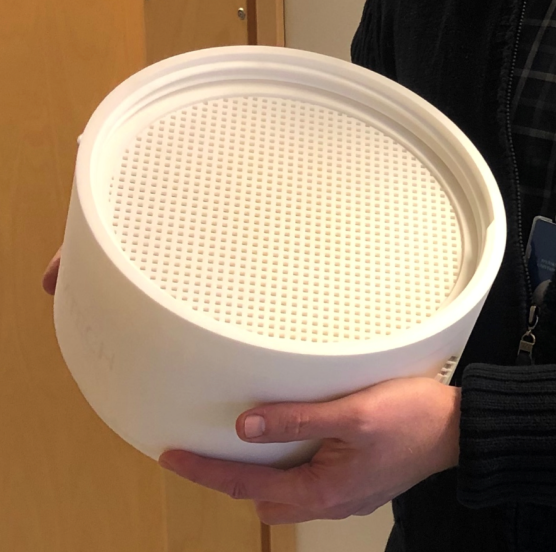Execution time 2023-2029
The Department of Chemistry and the Department of Biological and Environmental Science of the University of Jyväskylä participate in the PlastLIFE project. The Department of Biological and Environmental Science studies the rate of biodegradation of biodegradable plastics in different waters, such as marine, freshwater or wastewater. The Department of Chemistry develops new methods to remove harmful substances from circulation.
New information on plastic biodegradability from the Department of Biological and Environmental Sciences
Biodegradable plastics (compostable, soil degradable) have started to replace conventional plastics, but their safe use requires an understanding of the potential ecotoxicological effects and an understanding of biodegradation in the aquatic environment.
Aquatic organisms are particularly sensitive to various contaminants, so it is important to define the potential health risks of new biodegradable plastics in the aquatic environment. Current research has shown that conventional plastics have ecotoxicological effects only at high unnatural concentrations. These results are mainly due to an acute toxicity study with mortality as an endpoint. However, lower concentrations may have effects at the molecular or cellular level that elicit a higher level of response only after prolonged exposure.
A plastic material is defined as biodegradable in the aquatic environment if the degradation rate is two years or less. In this project, we study the rate of biodegradation of biodegradable plastics in different waters, such as marine, brackish, freshwater or wastewater. Biodegradability is also compared with the biodegradability of conventional plastics and natural materials to determine whether their life cycle in the aquatic environment is shorter or longer than that of conventional plastics and natural materials.
The subproject also aims to create a database where ordinary consumers can find information on the environmental fate of plastics, such as ecotoxicology and biodegradability.
The Department of Chemistry develops new methods to remove harmful substances from circulation

Selective 3D printed prototype of a scavenging filter made from nylon (polyamide). This type of filter can be used for hydrometallurgical recovery of gold from electronic waste. © Jyväskylä university
Plastic materials can adsorb various substances ranging from hormones to metal ions. The accumulation of these substances in plastic waste may increase the negative environmental impact of plastics.
On the other hand, the ability of plastics to bind various substances can be utilized to remove contaminants from an aqueous environment. Similarly, valuable substances can be recovered from the water using plastics as a raw material for selective adsorbents.
The JyU-Chemistry team aims to investigate the adsorption abilities of different types of plastics and plastic waste fractions. The most potential materials will be used to manufacture selective scavenging filters. This opens up a new way of utilizing plastic waste.
The primary tool in manufacturing the filters will be 3D Printing. Printing provides a fast route to producing prototypes and even finished products of selective scavenging filters.
More information on the role of the University of Jyväskylä in the PlastLIFE project